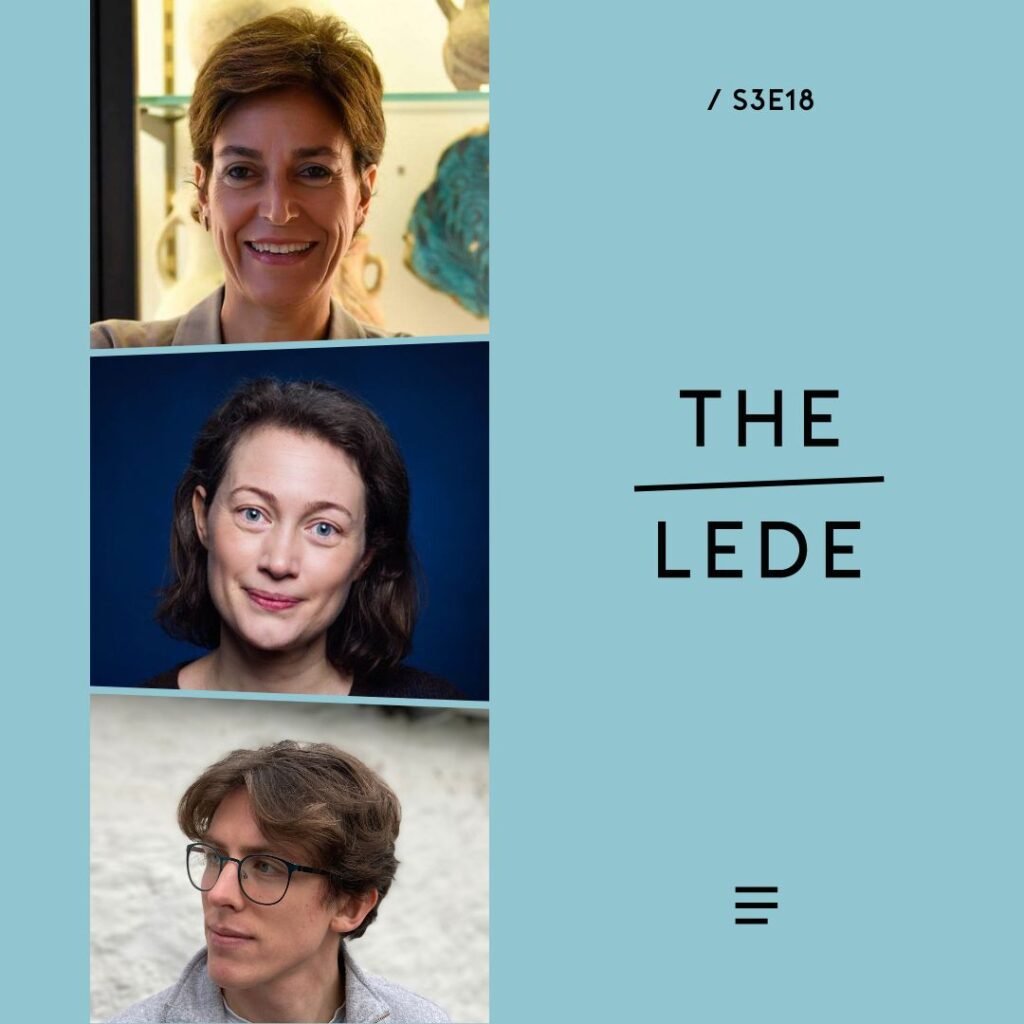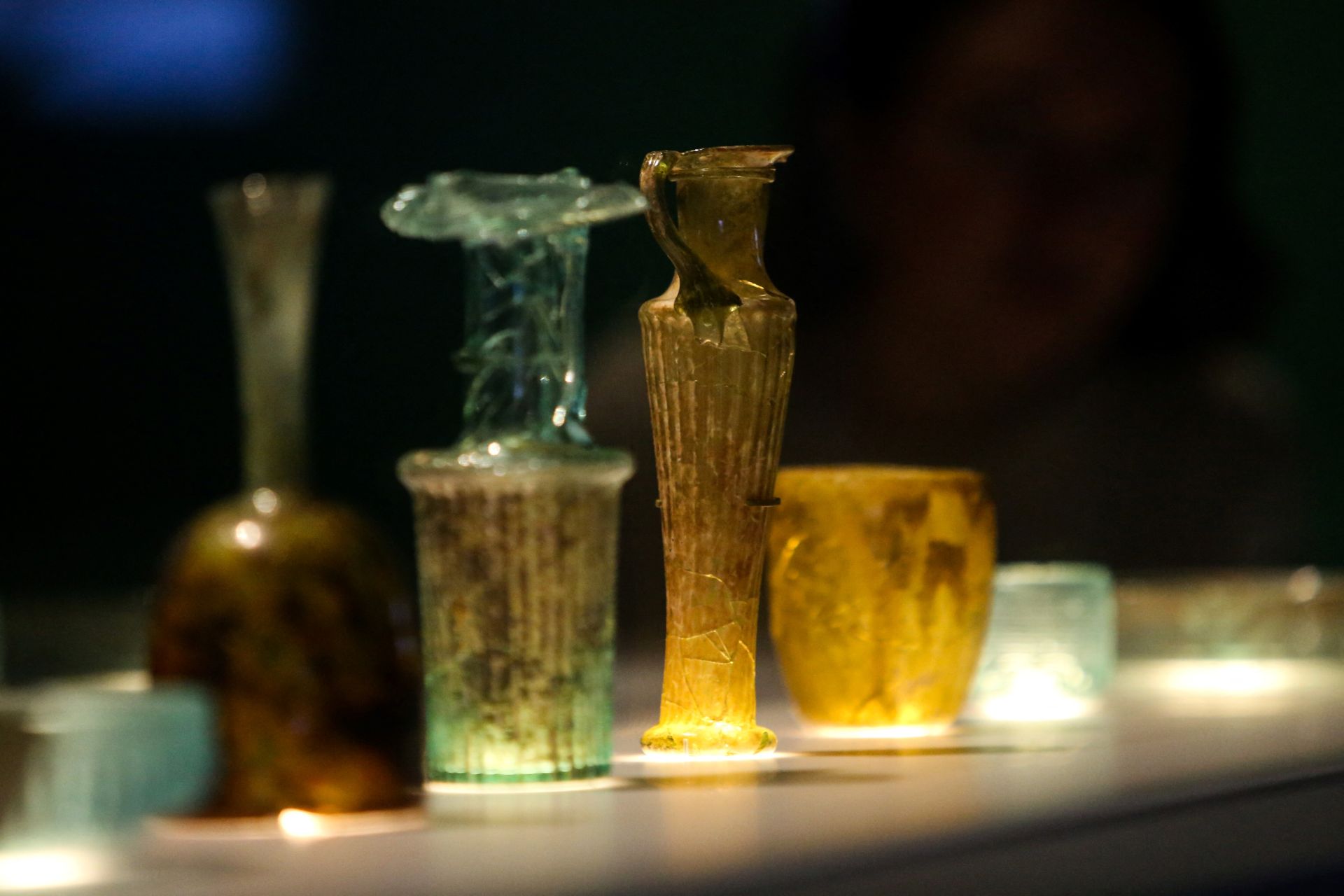In August 2020, a catastrophic port explosion tore through the Lebanese capital of Beirut, leaving more than 200 dead, thousands injured and 300,000 without homes. In a city renowned for its history, Beirutis take particular pride in their city’s almost unparalleled heritage — something that unites them across the country’s deep religious and social divisions.
Fearing that they might lose the physical past forever if they didn’t act, a massive volunteer effort began to protect, restore and preserve the historic buildings and artifacts that had been caught in the blast. It was hard and painstaking but also inspiring work.
“We all felt some sort of healing taking place, unconsciously,” said Nadine Panayot, curator of the Museum of Archeology at the American University of Beirut, at the time. “Somehow we felt that there was a meaning to what we were doing, there was hope for the future.”
Three years later, New Lines magazine’s Lydia Wilson visited Beirut to see the results for herself. She joined Panayot at the museum, which showed little sign of the devastation it had suffered at the time. The glass that had once been scattered across its floor has been cleaned up. The doors, which had been blown off by the force of the explosion, have been replaced with near-perfect replicas.

“As long as justice hasn’t been done, I think these scars should remain.”
“We’re the third-most-ancient museum in the Near East, and we’ve survived so many wars. We have survived direct shelling on the campus, but seeing it destroyed like this over corruption is important,” Panayot says. (Evidence strongly suggests that negligence and corruption on the part of officials led to the explosion.) “I mean, this is also part of the history. This is part of today’s life.”
That, she says, is why she made the decision not to fully repair everything in the museum’s possession. A collection of Roman-era glass flasks, for example, were sent to the British Museum for restoration, but Panayot requested that it be as minimal as possible. The damage, she specified, should be clearly visible. “I call them scars,” she says. “And everybody has started calling them scars, because this is exactly what they are. Because they represent the scars of every Lebanese person.”
In the years since the explosion, there has been no accountability for the criminal negligence that caused it. The official investigation has stalled, and the corruption that led to the blast continues to plague the country as its financial system collapses.
“As long as justice hasn’t been done,” says Panayot, “I think these scars should remain.”
Produced and co-hosted by Joshua Martin


